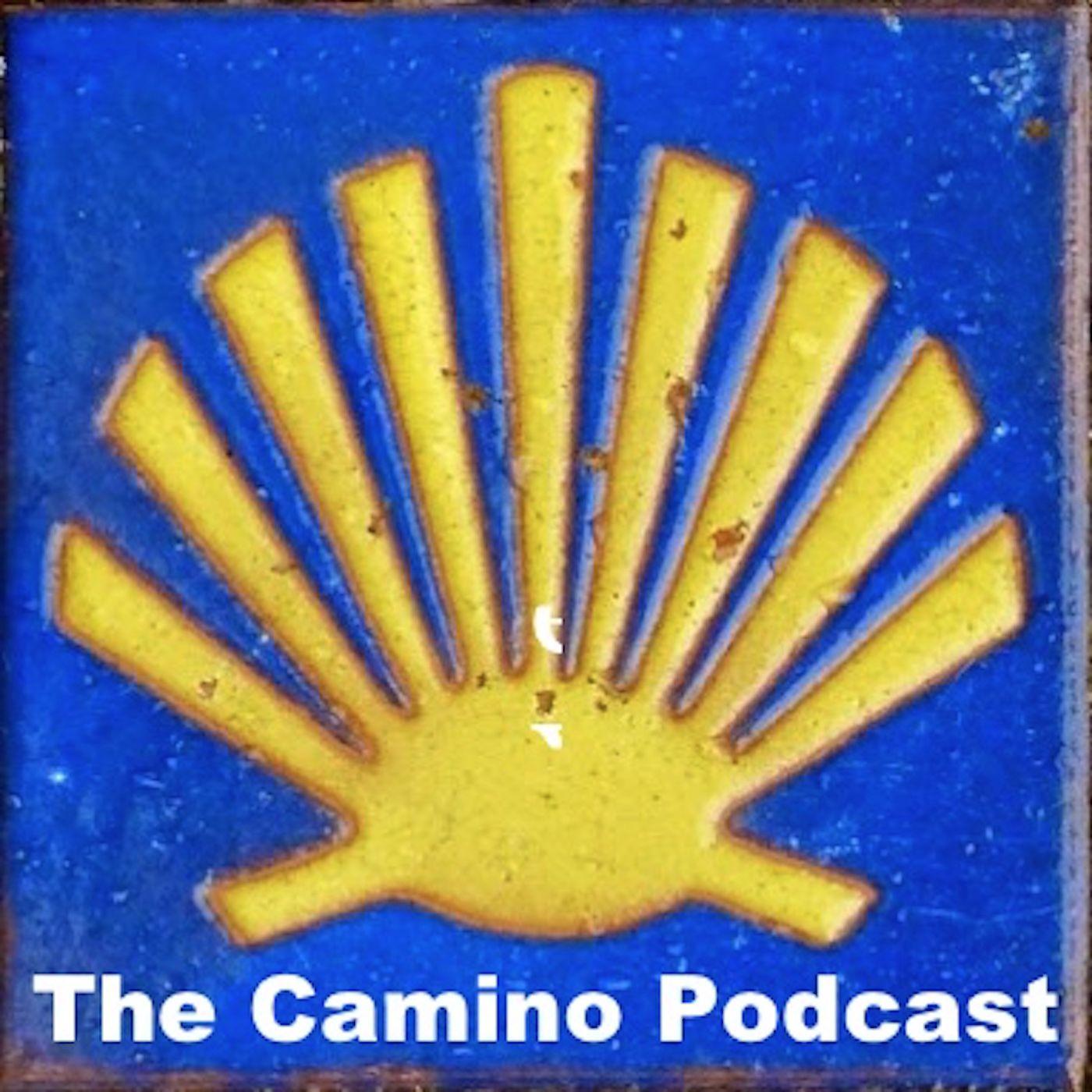

The Camino Podcast is a program focused on pilgrimage. We talk about major pilgrimage routes, like Spain's Camino de Santiago, we share stories from the road, and we talk about more technical aspects of pilgrimage. Whether you're planning your first pilgrimage, processing your latest one, or just an armchair traveler, we hope you find this to be a good listen! (Soundtrack features "Walking in the Country" by David Mumford.) Follow Dave's walks and learn about his guidebooks here: https://davewhitson.com/ Support the podcast and Dave's book projects here: https://www.patreon.com/davewhitson Find Dave's books here: https://www.amazon.com/stores/Dave-Whitson/author/B004NBNR9I
Amanda is a wife. A mother. A blogger. A Christian.
A charming, beautiful, bubbly, young woman who lives life to the fullest.
But Amanda is dying, with a secret she doesn’t want anyone to know.
She starts a blog detailing her cancer journey, and becomes an inspiration, touching and
captivating her local community as well as followers all over the world.
Until one day investigative producer Nancy gets an anonymous tip telling her to look at Amanda’s
blog, setting Nancy on an unimaginable road to uncover Amanda’s secret.
Award winning journalist Charlie Webster explores this unbelievable and bizarre, but
all-too-real tale, of a woman from San Jose, California whose secret ripped a family apart and
left a community in shock.
Scamanda is the true story of a woman whose own words held the key to her secret.
New episodes every Monday.
Follow Scamanda on Apple Podcasts, Spotify, or wherever you listen.
Amanda’s blog posts are read by actor Kendall Horn.